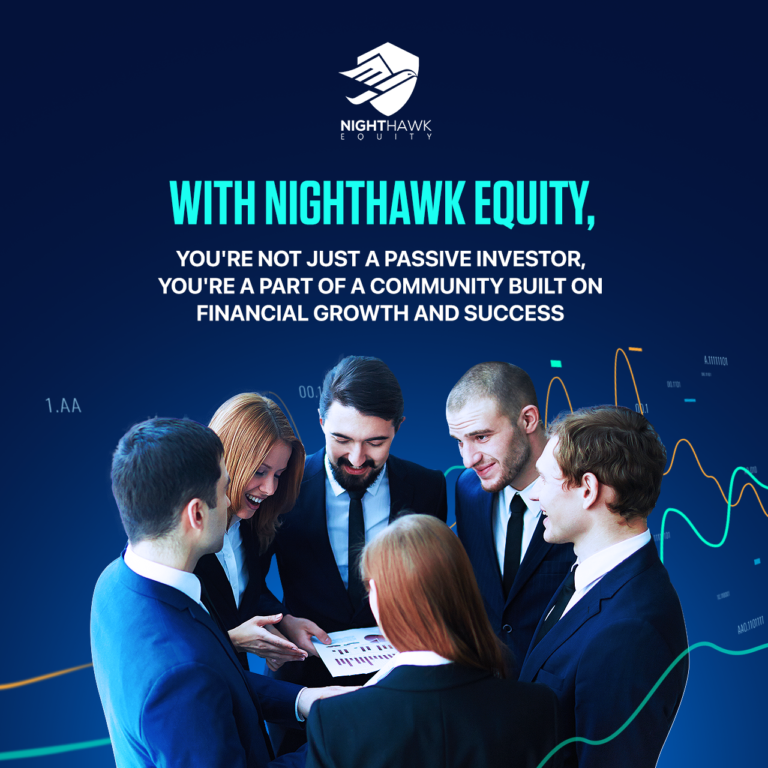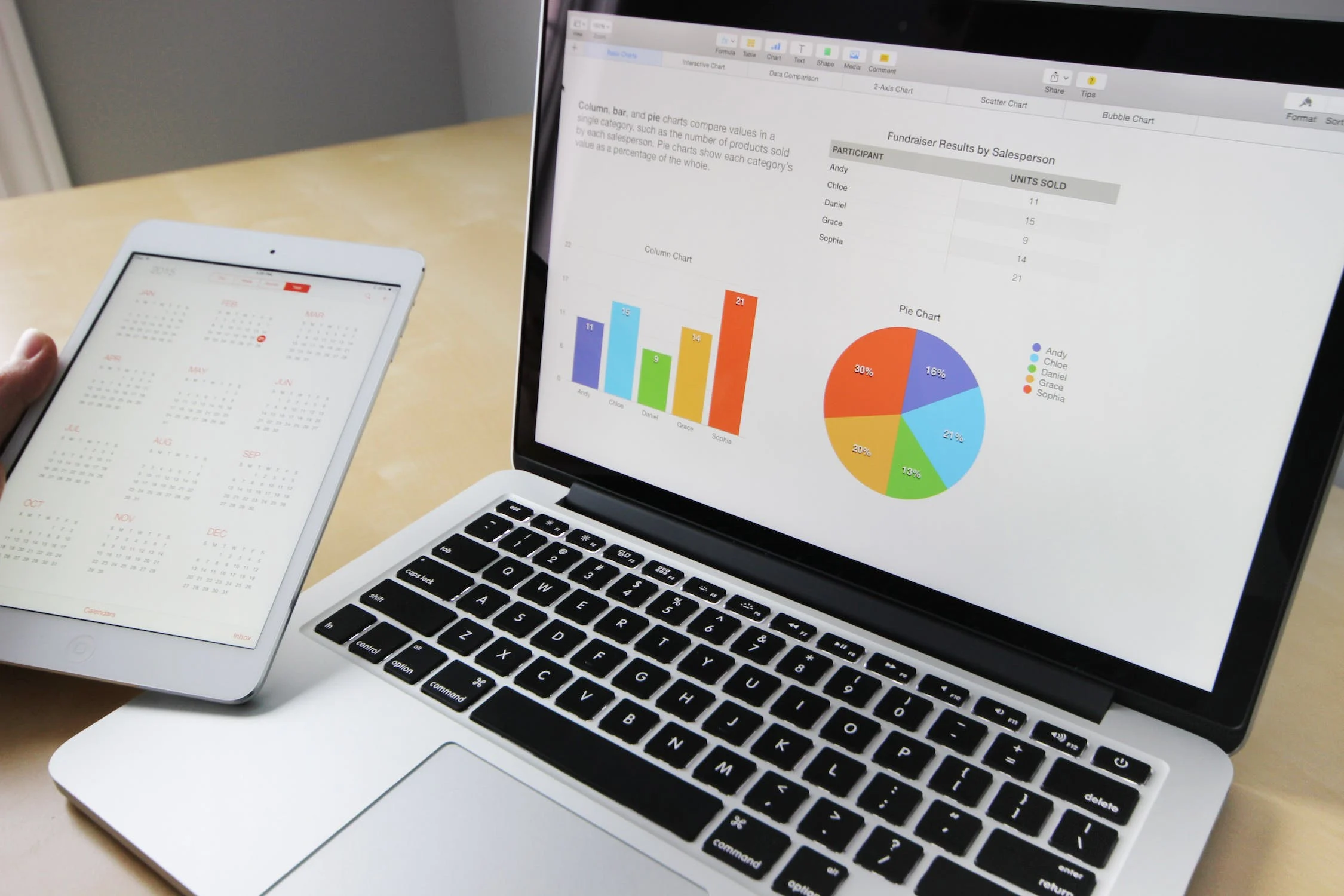Congratulations!!
You just invested in your first deal and you’re ready to start getting all that glorious passive income. But, how do investors get paid back?
Before you can go out and buy that new 58-inch flatscreen TV, you have to know when your money will come in.
So when should you, as an investor, expect to be paid during your multi-family investments?
There are three times when you should get paid during your investment in a syndication:
1: Your cash flow
2: At a refinancing event
3: The sale of that property
Let’s talk about the first one: cash flow.

How do investors get paid back? Cash Flow
The first time you can expect to get paid is through cash flow.
Cash flow is the money that comes out of the operations of the asset. It’s a return on capital for the investors.
You should be getting cash flow every quarter from your syndicator. Maybe every month depending on how smooth the deal went.

How do investors get paid back? At a Refinance
Number two is at a refinancing event.
Maybe two or three years after you’ve invested in the property, the owners completed their business plan, got the property to be worth more, and then they refinance it.
The owners get extra cash out of that and they send that back to their investors.
How do investors get paid back? The Sale
Your third and final option is the sale of that property.
After the property has been refinanced, perhaps at the end of the four, five, or six year period and they’ve completed their plan, it’s time to sell the asset and return money to the investors.
That’s the third time that an investor gets paid on a deal.
What are the main differences between these types of payouts?
Like I said, cash flow is the money that comes out of the operations of the asset. So the money that comes from things like rent and things like that.
That’s a return on capital for your investors.
Your other cash out events are the return of capital. Money you get back from your investment.
If there’s a refinance, let’s say you put a $100,000 in and then you get a $60,000 checkout later.
You’ve taken your capital balance down to $40,000 and you basically lowered your investment in the asset.
And then of course you have the sale. Which is when you get cash out of all your funds.
The way you calculate them is a little bit different. Even though every dollar is the same dollar to you as an investor.

Now how do all these payouts factor into the overall return if you are wanting to holistically look at the type of return you’re getting from your investment?
For your overall return you want to look at all three of these things. They’re all different components of your investment.
The best metric to be looking at is your internal rate of return, or your IRR.
Your IRR basically takes all your different cash flow streams, your distributions, your refinances, and your sales, and it says how much they are worth in comparison to time.
The formula is a little bit complicated, but your IRR is gonna take all of those things and know what time they were given to you and give you a number.
This is where you hear people say “I got a 12 return” or “I got an 18 return”.
They’re really talking about your IRR in those calculations. The other thing to note is that the quicker you get your money back, the more valuable it is.
That makes sense right?
Because the dollar that you get today is worth more than a dollar that you get in 10 years. Thank you, inflation.
But those are the three times you can expect to get paid as an investor. We’ll go back over it again:
-
- Cash Flow
-
- Refinance Event
-
- Sale of Property
Now that you’ve done your first deal, the second and third will follow very quickly. Before you know it, you’ll be financially free.
The next steps will be to scale and start making a difference.
We can help you do that here at Nighthawk Equity.
Just ring us up or head to our website. We’d love to talk to you.
So until then, thanks for reading through this.


